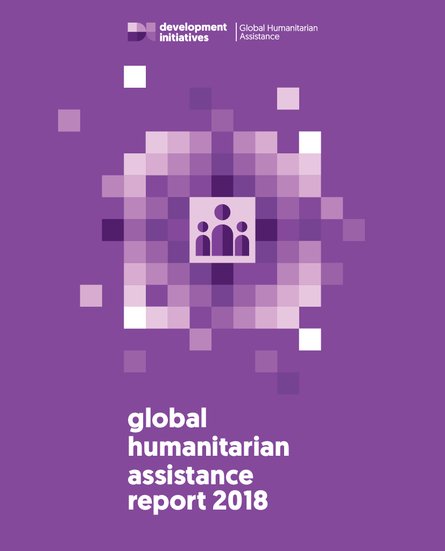
In 2017, conflicts and disasters around the world left an estimated 201 million people in need of the ‘last resort’ of international humanitarian assistance in order to cope and survive. The conflicts in Syria, Yemen and South Sudan continued to cause suffering and displacement for many millions of people. Meanwhile disasters in the Caribbean and droughts and food insecurity in the Horn of Africa devastated the lives and livelihoods of many more. Elsewhere, crises from Burundi to Ukraine continued to affect large populations but garner few international headlines.
It is now two years since the World Humanitarian Summit brought humanitarian donors, responders and affected people together to agree how crises need to be dealt with differently. Bold commitments were made to shift the financing model – to diversify the donor base, reduce need and improve efficiencies. Two years on, how are we measuring up?
